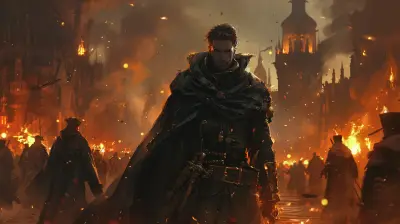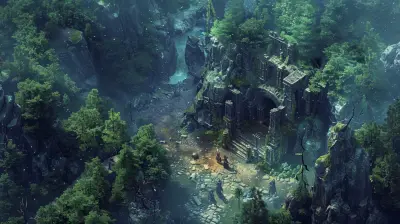Games That Redefined the Platforming Genre Completely
29 September 2025
When it comes to the world of gaming, platformers hold a special place in the hearts of players. They’re the bread and butter of the industry, a genre so iconic it practically birthed modern gaming. But not all platforming games are created equal, are they? Some just stick to the basics, delivering predictable hops and skips. Others? Oh, they turn the entire genre on its head, smashing conventions and creating something entirely new.
So, what are these games that dared to color outside the lines? Let’s take a deep dive into the platforming masterpieces that didn’t just redefine the genre – they straight up reprogrammed the blueprint.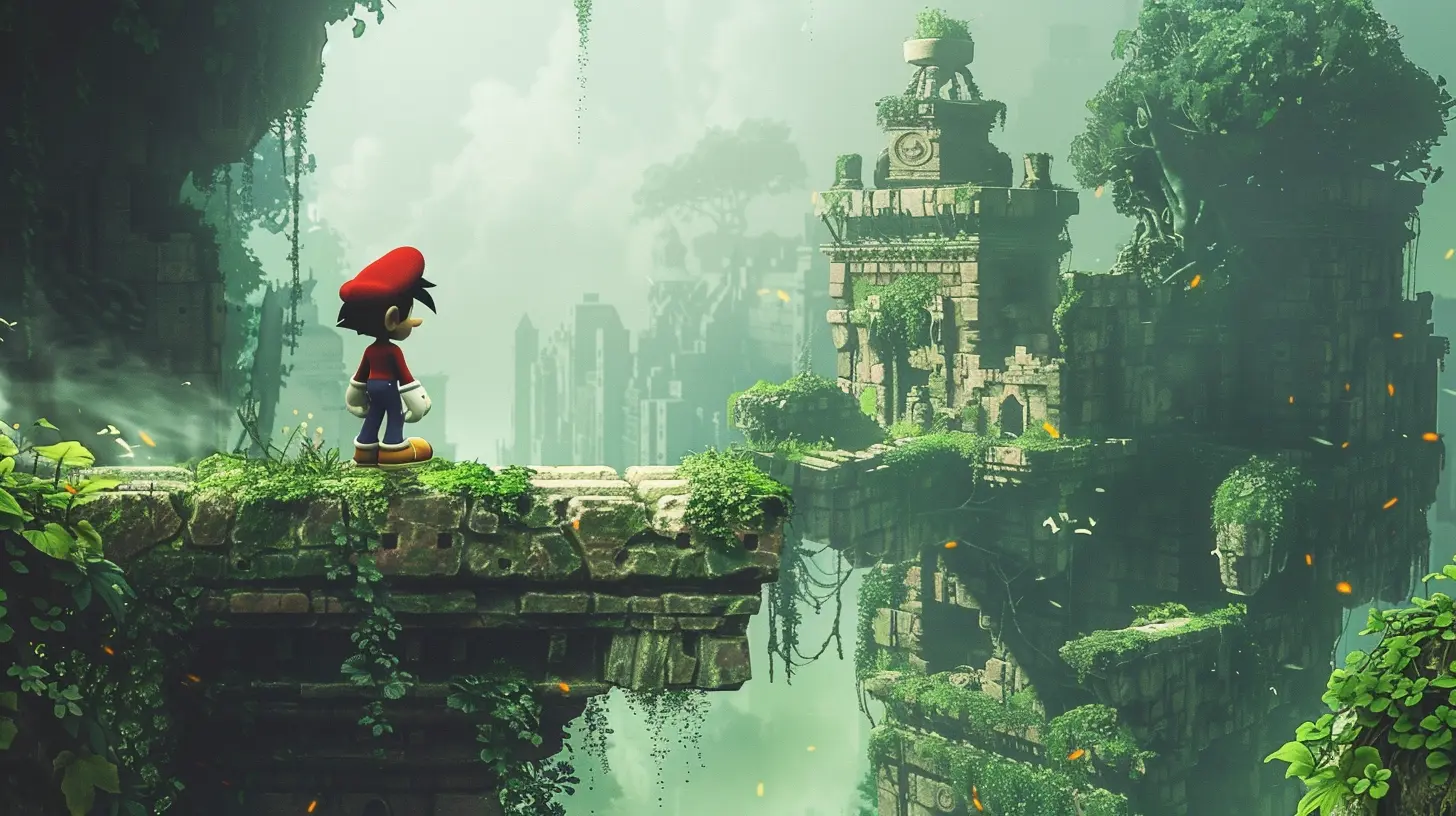
Super Mario Bros. (1985) – The Blueprint That Started It All
We can't talk about platformers without tipping our hats to the original legend – Super Mario Bros.. Sure, Mario wasn’t the first to the platforming party (props to Donkey Kong), but this is the game that established the rules of the game.Before Mario, platformers were basic. Jump here, avoid that, and don't die – rinse and repeat. Super Mario Bros. introduced expansive levels, power-ups like mushrooms and fire flowers, and precision gameplay that made every jump feel rewarding. And let’s not forget the music. Even today, the "Overworld Theme" is etched in gaming culture.
Did this game just redefine the genre? No, it defined the genre. Before Super Mario Bros., platformers were like doodles on a napkin. Mario handed us the Mona Lisa.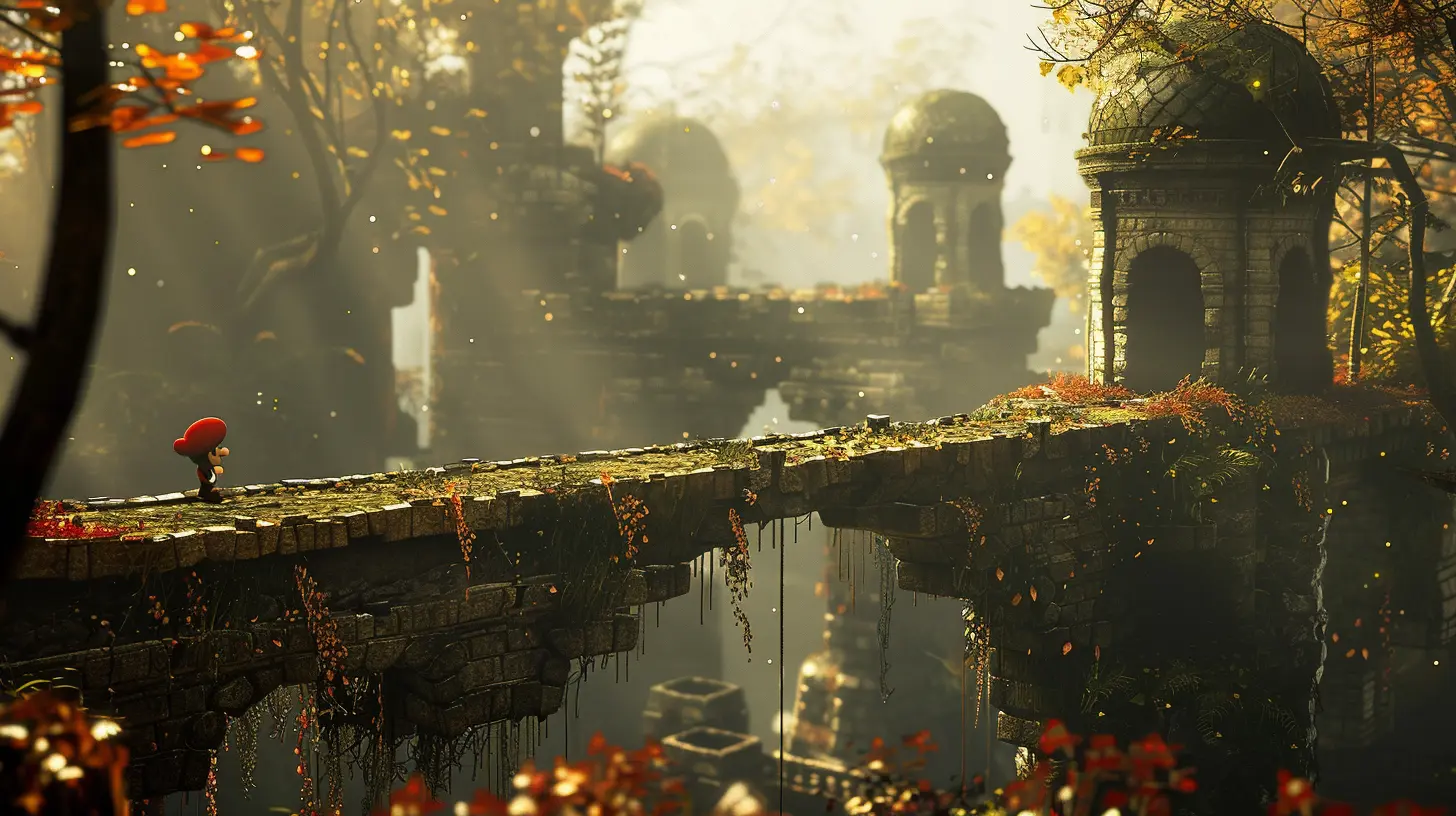
Sonic the Hedgehog (1991) – Speed Killed the Norm
If Mario was the thoughtful, deliberate type, Sonic the Hedgehog was his edgy, turbocharged cousin. Sega didn’t just create a platformer – they made a statement. Sonic wasn’t about careful jumps or calculated moves. Sonic was about speed.Suddenly, platformers weren’t confined to trudging through levels. Everything felt fast, frantic, and slick, with intricate loops and ramps that encouraged you to fly through stages like your pants were on fire. The result? A style of platforming that prioritized momentum over precision.
With Sonic, Sega didn’t try to copy Mario – they built a new lane entirely. It wasn’t just a game; it was a personality. And honestly, that’s why it worked.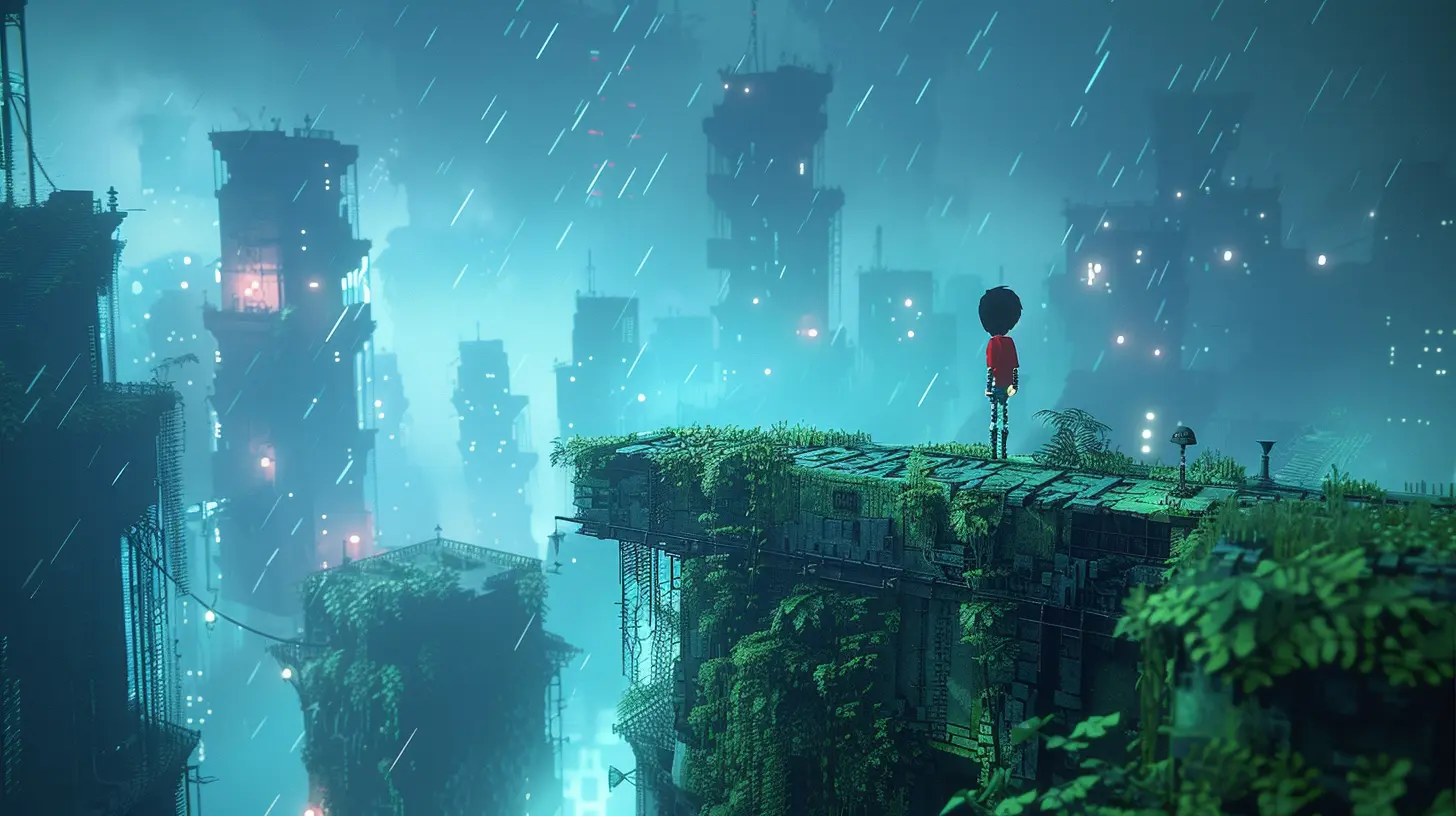
Super Mario 64 (1996) – When 2D Became 3D
Take everything you know about platforming games pre-1996 and throw it in the trash. Super Mario 64 wasn’t just a game; it was a revolution. Mario traded his side-scrolling adventures for full-on 3D exploration, and the gaming universe collectively lost its mind.This wasn’t just about running from left to right anymore – you had entire worlds to explore. From scaling towering mountains to diving underwater, Super Mario 64 gave players a sense of scale and freedom that was unheard of in platformers at the time. The analog stick? Revolutionary. Camera control? Groundbreaking.
Nintendo didn’t just make a splash – they cannonballed into the deep end, leaving everyone else scrambling to keep up.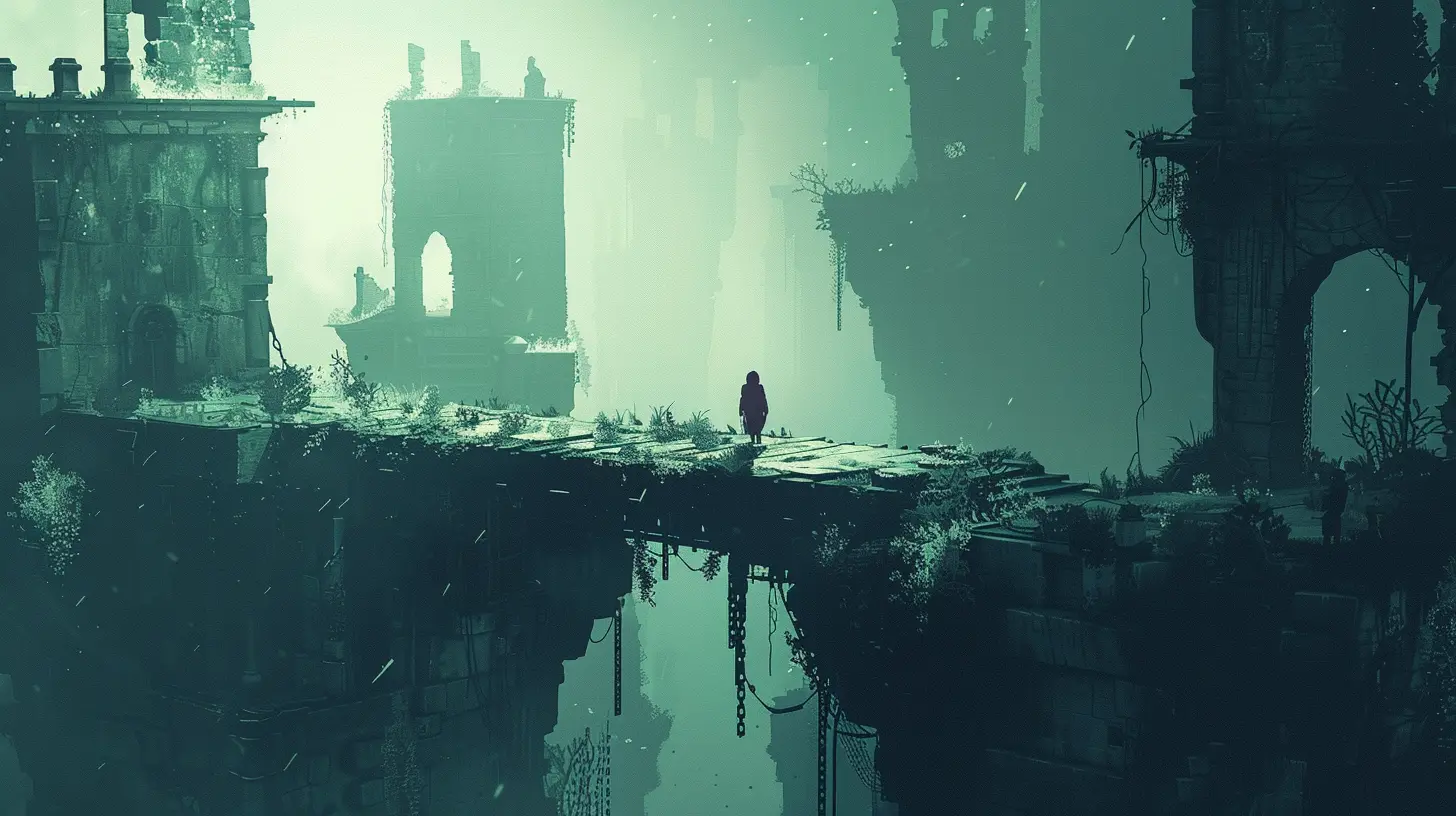
Celeste (2018) – Platformers Grow Up
Fast-forward to the modern era, and the indie darling Celeste reminded us that platforming games could be emotional. This wasn’t just about expertly timed jumps or pixel-perfect precision (though the game delivers that in spades).Celeste took platformers and layered them with a deeply human story about mental health, anxiety, and self-discovery. Every death felt like a lesson, not a punishment. Combine that with tight, responsive controls and breathtaking level design, and you’ve got a platformer that didn’t just test your reflexes – it tugged at your heartstrings.
It proved that platformers could be more than just "games." They could be profound, meaningful experiences.
Portal (2007) – A Portal to New Possibilities
Okay, okay, I hear you: "But Portal isn’t a platformer!" Listen, let’s not pigeonhole it. At its core, Portal is all about platforming – just with portals.Valve introduced an entirely new way of thinking about movement and puzzles. Instead of jumping over obstacles or climbing ledges, you were solving problems with creative physics and spatial awareness. It flipped the platforming genre on its head – a literal mind-bender that challenged how we interact with virtual spaces.
And let’s not ignore its snarky humor and iconic antagonist, GLaDOS. Portal proved you didn’t need traditional mechanics to reinvent a genre. Sometimes, you just need a portal gun and a dream.
Rayman: Origins (2011) – A Symphony of Beauty and Madness
If you spent the early 2000s thinking 2D platformers were a relic of the past, Rayman: Origins came along to slap that thought out of your head. This game reminded everyone exactly what made platforming magical in the first place: gorgeous visuals, tight gameplay, and a ton of creativity.Rayman: Origins was a visual feast – a hand-painted masterpiece that looked like a Saturday morning cartoon on steroids. Its gameplay? Challenging but fair, rewarding precision and rhythm. And it never held your hand.
Ubisoft didn’t just resurrect Rayman; they resurrected faith in 2D platformers being relevant again. This was proof the genre still had legs (even if Rayman doesn’t).
LittleBigPlanet (2008) – The Power of Creation
What if I told you platforming games didn’t have to end at "player beats level"? That’s where LittleBigPlanet kicked open the doors to a whole new concept: user-generated content.Playing as the adorable Sackboy, you weren’t just playing platformers – you were creating them. Think of it as giving the players the tools to become game devs. Sure, the game’s built-in levels were cool and quirky, but the real magic happened in the community. Players could create, share, and play levels that ranged from ingenious to downright bizarre.
LittleBigPlanet didn’t just redefine the platforming genre – it democratized it. Suddenly, everyone could be a creator. And that? That’s genius.
Hollow Knight (2017) – Platforming Meets Metroidvania Perfection
Ah, Hollow Knight. If Celeste spoke to your soul, Hollow Knight demanded your perseverance. This indie masterpiece blended tight platforming mechanics with the depth of a Metroidvania, creating something truly special.The sprawling world of Hallownest was dark, mysterious, and beautiful – a labyrinth begging to be explored. But it wasn’t just about exploration. The combat was razor-sharp, and every platforming section felt finely tuned to challenge your patience without feeling unfair.
It’s like the Dark Souls of platformers, but instead of rage-quitting, you find yourself desperately itching for "one more run" after every death.
Cuphead (2017) – Painful Perfection
Prepare to die. A lot. Cuphead didn’t just redefine platformers – it reminded us that tough-as-nails gameplay isn’t for the faint of heart.And can we just talk about the art? Cuphead looks like a 1930s cartoon brought to life, with every frame hand-drawn and dripping in charm. But don’t let its cute art style fool you. This game pulls no punches, delivering boss battles and platforming sections that demand absolute precision.
It’s like your grandpa’s favorite cartoon got injected with caffeine and rage. Yet despite the rage-induced controller throwing, you keep coming back for more.
Ori and the Blind Forest (2015) – A Platforming Ballet
Let’s end this list with something beautiful. Ori and the Blind Forest is less a game and more a work of art. From its stunning visuals to its hauntingly emotional soundtrack, this game transcends what you expect from platformers.The movement in Ori feels like a dance – fluid, elegant, and utterly hypnotic. Every leap, every glide, every wall jump feels deliberate and satisfying. Combine that with an emotional story, and you’ve got a game that redefined "beauty" in platforming.
Honestly, playing Ori feels therapeutic, like the gaming equivalent of Zen meditation.
Final Thoughts: Evolution at Every Step
Platforming games have come a long way. They’ve grown, adapted, and redefined themselves time and time again. From the charming simplicity of Super Mario Bros. to the emotional depth of Celeste, these games remind us why we fell in love with this genre in the first place.Will platformers reinvent themselves again in the future? Absolutely. If there’s one thing history teaches us, it’s that gaming – like life – will always find a way to leap forward.
all images in this post were generated using AI tools
Category:
Platformer GamesAuthor:

Aurora Sharpe
Discussion
rate this article
1 comments
Harley Long
This article brilliantly highlights how these groundbreaking games reshaped platforming, showcasing innovation and creativity that continues to inspire developers today.
October 12, 2025 at 3:51 AM

Aurora Sharpe
Thank you! I'm glad you found the article insightful. It's amazing to see how these games have left a lasting impact on the genre!
